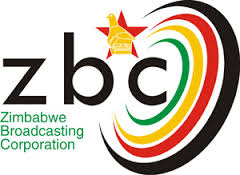Government unveils food security initiatives to combat hunger
Story by Abigirl Tembo
GOVERNMENT has outlined a multi-pronged approach to tackle food insecurity affecting 35 percent of the urban population, which translates to an estimated 1.7 million people.
The move is a direct response to the recent Zimbabwe Livelihoods Assessment Committee (ZimLAC) Urban Livelihoods and Nutrition assessment.
The ZimLAC report adopted by Cabinet this Tuesday serves as a crucial roadmap, highlighting areas of greatest need and providing a baseline to determine the effectiveness of government interventions.
A significant pillar of the government’s plan is the expansion of food distribution programmes.
The initiative is meant to provide essential foodstuffs to vulnerable households struggling to meet their daily nutritional requirements.
“What we have done is we have looked at the holistic approach. We have looked at both what the statutory instrument says, the one which resulted in the President declaring a state of emergence in that it will cover the whole country. So, we are looking at both urban and rural and if you check all the figures that we get from ZIMLAC, we are using them for making rational decisions in response to this El Nino-induced disaster and in rural areas, it will be the village bases register that we are going to use to target people who are food insecure and in urban areas, a similar approach will be used. We will be using more of cash transfer than food distribution targeting the 1.7 people who are food insecure,” said the Chief Director of Civil Protection Department, Mr Nathan Nkomo.
Furthermore, the government has pledged to strengthen existing school feeding programmes, ensuring children have access to nutritious meals during the school day.
Beyond immediate relief efforts, government acknowledges the need for long-term solutions, with the recently released report on drought strategies to serve as a blueprint for building resilience against future food shortages.
The report is expected to detail initiatives aimed at improving agricultural productivity, promoting water conservation techniques and diversifying food sources.
Attention has shifted to assessing the needs of the rural population with government in the process of conducting the 2024 ZimLac Rural Livelihoods Assessment, which started on the 4th of May and is expected to end on the 18th.





